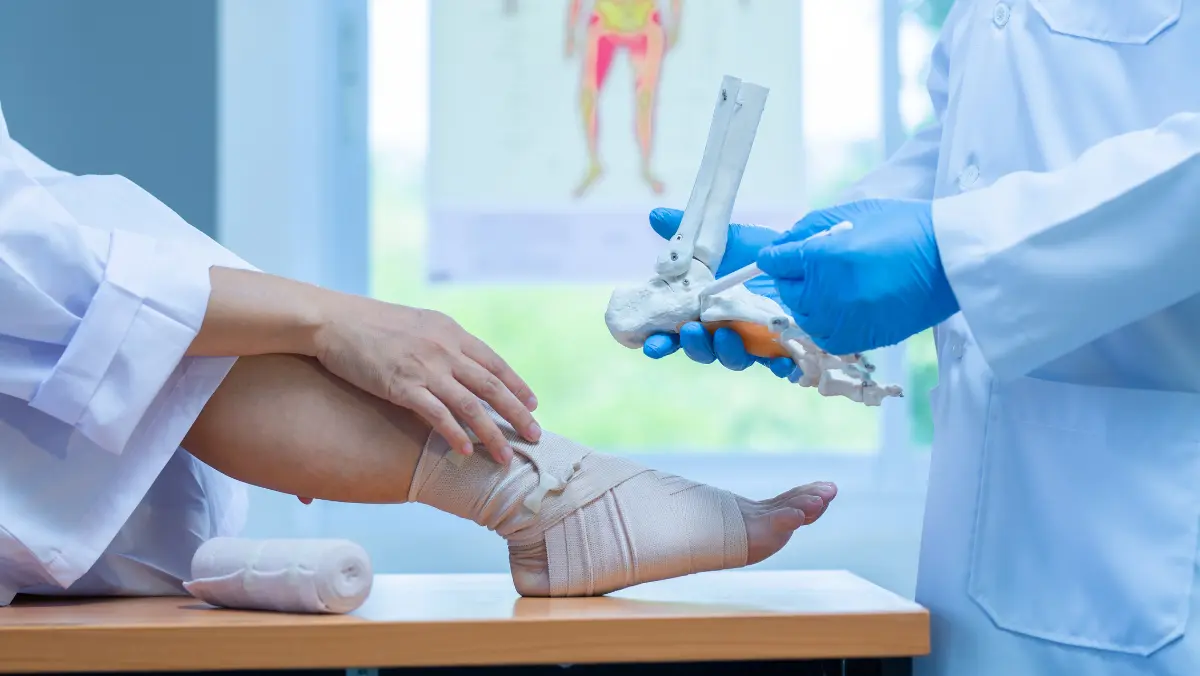
- Home
- About
- Services
- Specialists
- Research
- Achivements
- gallery
- contact








- Home
- About Us
- Orthopedics
- Know Your Alignment
- Sports Medicine
- Knee
- Arthroscopic ACI Cartilage Transplant
- Arthroscopic ACL Avulsion Fixation
- Arthroscopic ACL Primary Repair
- Arthroscopic ACL Reconstruction – All Inside Technique
- Arthroscopic ACL Rehab
- Arthroscopic ACL Revision Surgery
- Arthroscopic ACL Single Bundle Reconstruction
- Arthroscopic assisted MPFL Reconstruction
- Arthroscopic assisted Multiple Ligament Tear – SURGERY
- Arthroscopic Medial Meniscal Repair
- Arthroscopic OATS Chondroplasty
- Arthroscopic OCD Fixation
- Arthroscopic Paediatric ACL Reconstruction
- Arthroscopic PCL Avulsion Fixation
- Arthroscopic PCL Reconstruction
- Arthroscopy Assisted STEM Cell Cartilage Transplant
- PCL Rehabilitation
- Total Knee Replacement
- Shoulder
- Arthroscopic Rotator Cuff Repair
- Arthroscopic Bankart Repair
- Arthroscopy Assisted Latarjet Surgery
- AC Joint Fixation
- Arthroscopic Capsular Release
- Arthroscopic Sub – Acromial Decompression (SAD)
- Arthroscopic Calcific Tendinitis Excision
- Arthroscopic Biceps Tenodesis
- Arthroscopic SLAP Repair
- Arthroscopic Revision Cuff Repair
- Arthroscopic Revision Bankart Repair
- Shoulder Rehab
- Elbow
- Wrist
- Hip
- Ankle
- Our Specialities
- Podiatric / Diabetic Foot Clinic
- General Surgery & Gastroenterology
- Obstetrics & Gynaecology
- Internal Medicine & Diabetology
- ENT
- Plastic & Cosmetic Surgery
- Paediatrics
- Pulmonology
- Nephrology & Urology
- Psychiatry
- Rheumatology
- Vascular Surgery
- Anaesthesiology & Intensive Care Unit
- Dermatology
- Oncology
- Radiology
- Sonology
- Endocrinology
- Cardiology
- Neurology
- Oral and Maxillofacial Surgery
- Our Services
- Resource
- Enquiry


- Home
- About Us
- Orthopedics
- Know Your Alignment
- Sports Medicine
- Knee
- Arthroscopic ACI Cartilage Transplant
- Arthroscopic ACL Avulsion Fixation
- Arthroscopic ACL Primary Repair
- Arthroscopic ACL Reconstruction – All Inside Technique
- Arthroscopic ACL Rehab
- Arthroscopic ACL Revision Surgery
- Arthroscopic ACL Single Bundle Reconstruction
- Arthroscopic assisted MPFL Reconstruction
- Arthroscopic assisted Multiple Ligament Tear – SURGERY
- Arthroscopic Medial Meniscal Repair
- Arthroscopic OATS Chondroplasty
- Arthroscopic OCD Fixation
- Arthroscopic Paediatric ACL Reconstruction
- Arthroscopic PCL Avulsion Fixation
- Arthroscopic PCL Reconstruction
- Arthroscopy Assisted STEM Cell Cartilage Transplant
- PCL Rehabilitation
- Total Knee Replacement
- Shoulder
- Arthroscopic Rotator Cuff Repair
- Arthroscopic Bankart Repair
- Arthroscopy Assisted Latarjet Surgery
- AC Joint Fixation
- Arthroscopic Capsular Release
- Arthroscopic Sub – Acromial Decompression (SAD)
- Arthroscopic Calcific Tendinitis Excision
- Arthroscopic Biceps Tenodesis
- Arthroscopic SLAP Repair
- Arthroscopic Revision Cuff Repair
- Arthroscopic Revision Bankart Repair
- Shoulder Rehab
- Elbow
- Wrist
- Hip
- Ankle
- Our Specialities
- Podiatric / Diabetic Foot Clinic
- General Surgery & Gastroenterology
- Obstetrics & Gynaecology
- Internal Medicine & Diabetology
- ENT
- Plastic & Cosmetic Surgery
- Paediatrics
- Pulmonology
- Nephrology & Urology
- Psychiatry
- Rheumatology
- Vascular Surgery
- Anaesthesiology & Intensive Care Unit
- Dermatology
- Oncology
- Radiology
- Sonology
- Endocrinology
- Cardiology
- Neurology
- Oral and Maxillofacial Surgery
- Our Services
- Resource
- Enquiry



- Home
- About Us
- Orthopedics
- Know Your Alignment
- Sports Medicine
- Knee
- Arthroscopic ACI Cartilage Transplant
- Arthroscopic ACL Avulsion Fixation
- Arthroscopic ACL Primary Repair
- Arthroscopic ACL Reconstruction – All Inside Technique
- Arthroscopic ACL Rehab
- Arthroscopic ACL Revision Surgery
- Arthroscopic ACL Single Bundle Reconstruction
- Arthroscopic assisted MPFL Reconstruction
- Arthroscopic assisted Multiple Ligament Tear – SURGERY
- Arthroscopic Medial Meniscal Repair
- Arthroscopic OATS Chondroplasty
- Arthroscopic OCD Fixation
- Arthroscopic Paediatric ACL Reconstruction
- Arthroscopic PCL Avulsion Fixation
- Arthroscopic PCL Reconstruction
- Arthroscopy Assisted STEM Cell Cartilage Transplant
- PCL Rehabilitation
- Total Knee Replacement
- Shoulder
- Arthroscopic Rotator Cuff Repair
- Arthroscopic Bankart Repair
- Arthroscopy Assisted Latarjet Surgery
- AC Joint Fixation
- Arthroscopic Capsular Release
- Arthroscopic Sub – Acromial Decompression (SAD)
- Arthroscopic Calcific Tendinitis Excision
- Arthroscopic Biceps Tenodesis
- Arthroscopic SLAP Repair
- Arthroscopic Revision Cuff Repair
- Arthroscopic Revision Bankart Repair
- Shoulder Rehab
- Elbow
- Wrist
- Hip
- Ankle
- Our Specialities
- Podiatric / Diabetic Foot Clinic
- General Surgery & Gastroenterology
- Obstetrics & Gynaecology
- Internal Medicine & Diabetology
- ENT
- Plastic & Cosmetic Surgery
- Paediatrics
- Pulmonology
- Nephrology & Urology
- Psychiatry
- Rheumatology
- Vascular Surgery
- Anaesthesiology & Intensive Care Unit
- Dermatology
- Oncology
- Radiology
- Sonology
- Endocrinology
- Cardiology
- Neurology
- Oral and Maxillofacial Surgery
- Our Services
- Resource
- Enquiry
Arthroscopic retrocalcaneal spur excision
Arthroscopic retrocalcaneal spur excision
Arthroscopic retrocalcaneal spur excision is a minimally invasive surgical procedure that involves the removal of the bony growth (spur) from the back of the heel bone (calcaneus). This condition is also known as Haglund’s deformity or pump bump. The spur can cause pain, inflammation, and irritation of the surrounding soft tissues, including the Achilles tendon.

Make an appointment
Arthroscopic retrocalcaneal spur excision
Arthroscopic retrocalcaneal spur excision is typically performed as an outpatient procedure under general anesthesia or regional anesthesia. It involves making small incisions around the heel and using an arthroscope (a small camera) and specialized instruments to remove the spur while preserving the surrounding tissue. This procedure has been shown to be effective in relieving pain and improving function in patients with retrocalcaneal spurs.
Arthroscopic retrocalcaneal spur excision is a minimally invasive surgical procedure used to remove a bony protrusion (spur) that has developed on the back of the heel bone, also known as the calcaneus. This condition is known as retrocalcaneal exostosis or Haglund’s deformity, and it can cause pain, swelling, and inflammation in the area. The surgery is performed arthroscopically, using a small camera and surgical instruments inserted through small incisions in the skin. The procedure is usually performed on an outpatient basis and has a relatively short recovery period.
Arthroscopic retrocalcaneal spur excision is a minimally invasive surgical procedure used to remove a bony protrusion (spur) that has developed on the back of the heel bone, also known as the calcaneus. This condition is known as retrocalcaneal exostosis or Haglund’s deformity, and it can cause pain, swelling, and inflammation in the area. The surgery is performed arthroscopically, using a small camera and surgical instruments inserted through small incisions in the skin. The procedure is usually performed on an outpatient basis and has a relatively short recovery period.
